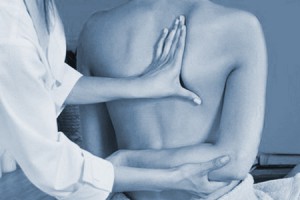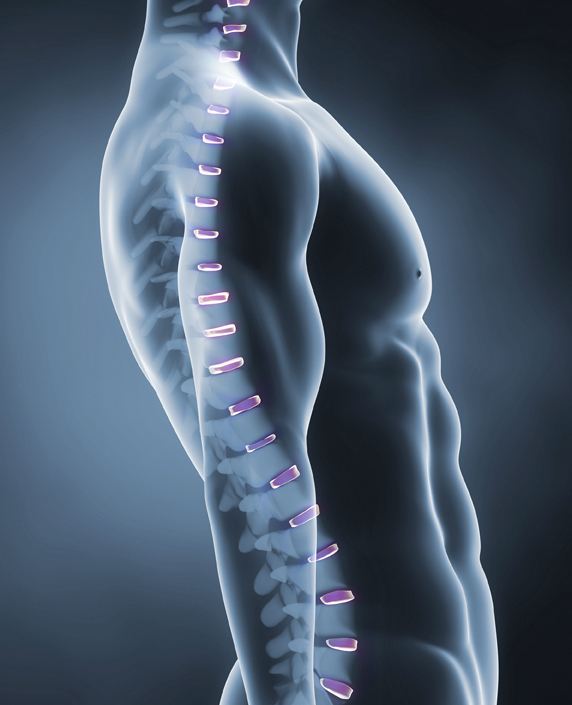Postural Rehabilitation
The term posture indicates the position of the human body in space and the relationship between its body segments. Three main types of posture are recognized; standing (monopodalic or bipodalic) sitting and lying down (prone or ventral decubitus, supine or dorsal decubitus, right or left lateral decubitus).
Correct posture is the most suitable position that our body assumes in space in order to achieve function and maintain antigravity with the least energy expenditure both in gait and stationary position. Correct posture will contribute to various factors (neurophysiological, biomechanical, emotional, psychological and relational).
An individual acquires a posture as a result of experiencing a constantly changing environment affected by stress, as well as physical and emotional trauma.
Bad posture in the workplace, repeated and maintained over time, shallow breathing, chemical imbalances due to an unhealthy diet, affect muscles and cause an increase in contraction in addition to the pre-existing basal tone. Over time, this state of permanent muscle contraction leads to retraction, pain and a reduction in the range of joint movement.
The effects of poor ergonomic posture and consequent muscle retraction occur in the joints in the form of compression, axial rotation and translation, causing changes to the skeletal structure (scoliosis, hyperlordosis, kyphosis, valgus and varus knees, etc.) often resulting in more serious postural disorders to the point of becoming chronic .
The aim of postural exercises is to stimulate the body, and all its complex methods of adjustment, into regaining a more functional balance in relation to its physical composition and to external stimuli. In order to provide the most appropriate preventative and rehabilitative treatment, each individual patient will gain an in-depth understanding of the prescribed exercises and variations. In addition to this, a holistic, integrated approach with selected methods and exercises will provide an individually tailored, rehabilitation treatment plan.
Postular rehabilitation is important not only for those suffering pain and various disorders of the spinal column, but also as a preventive measure against the onset of pain and discomfort that may become more frequent with advancing age.
Floor and standing exercises, proprioceptive balance boards, elastic resistance bands, and small tools will be used in rehabilitation programs with the aim of regaining maximum functionality and improving balance.
Suitable for:
Neck pain (cervicalgia)
Upper back pain (dorsalgia)
Low back pain (lumbago)
Backache
Muscle aches
Elderly
Teens
Posture Corrections
Contractures

![ultrasuoni[1]](https://www.fisioterapistariva.com/wp-content/uploads/2015/01/ultrasuoni1.jpg)

